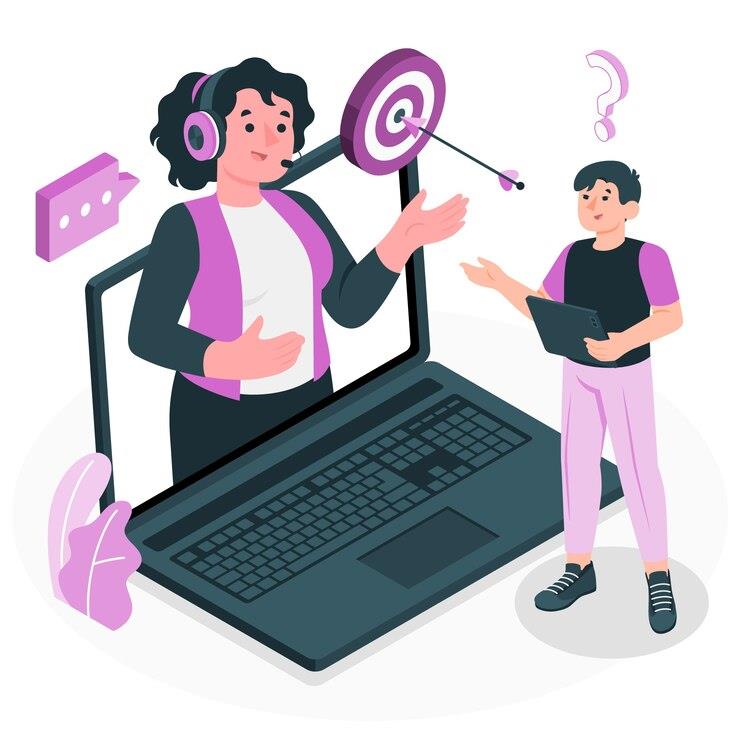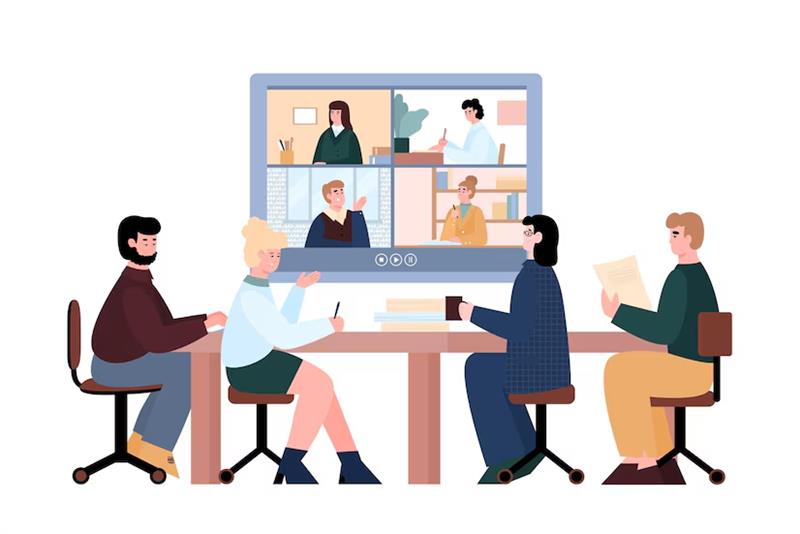What is a Rare Disease
Rare disease refers to a condition that affects fewer people. The World Health Organization (W.H.O) has defined a rare disease as one with frequency less than 6.5-10 per 10,000 people. Challenges in Rare Diseases Research
Unlike the common disease, research in rare diseases encounters several challenges. They are:
- Recruiting, engaging, and retaining patients
- Designing and evaluating clinical trials
- Lack of funding
It is important to overcome these challenges to develop treatment for rare diseases and provide the affected patients a better quality of life. A boost in the research of rare disease has occurred in last two decades, the credit for this can partly be given to the patient advocacy groups.
Patient Advocacy Groups
Patients advocacy groups (PAGs) refer to the organizations, mostly non-profit, that are often concerned with one specific group of disorders. The history of the development of PAGs for specific disease dates to mid-1930s. Initially, the PAGs role was to provide emotional and social support to the affected patients; however, later they also started initiating and conducting research. As per the estimates, there are more than 1200 patient organizations in the U.S. alone that advocate patients with one or more rare diseases.
PAGs help patients with rare diseases in various ways as listed below:
- They help patients seeking information on therapeutic options, the latest research, or financial aid resources.
- They encourage research on the disorder by enrolling patients in studies and being involved in the study design. They may also help to look for volunteers and control subjects, to collect data, and analyze it.
- They are involved in developing and updating guidelines related to disorders.
- They provide emotional support to the affected individuals by organizing social events where they can meet other individuals affected with the same disorder.
- They are involved in initiating and conducting research for new therapies, natural history information, management and care for their disorder.
- They are involved in creating a registry of individuals affected with a rare disorder or a biobank of specimens.
Thus, the PAGs can help overcome the above-mentioned challenges associated with rare disease research.
A single organization is usually involved in one (or may be 2 to 3) of the above activity. The table below enlists some rare disease organizations that initiated research either with staff scientists of the advocacy groups or in partnerships with scientists from academic institutions or industry (Table 1).
Table 1: Advocacy Organizations and Their Achievements

Rare Diseases Clinical Research Network and Patient Advocacy Groups
The Rare Diseases Clinical Research Network (RDCRN) group was formed in 2003 by the Office of Rare Diseases Research (ORDR) National Center for Advancing Translational Sciences (NCATS).in collaboration with six other Institutes and Centers (ICs). It funded 10 Rare Diseases Clinical Research Consortia (RDCRC) and a single Data Management and Coordinating Center (DMCC) for the whole Network. Following its expansion in 2014, RDCRN collaborated with ten Institutes and Centers of the National Institute of Health and include 22 consortia and one DMCC. It was announced that these consortiums will collaborate with 98 PAGs as research partners. A recent study by Merkel et al (2016) outlines the roles patients and PAGs play in the RDCRN and reports on the PAGs’ impact on the Network’s success. The activities of PAGs are presented in Figure 1.
RDCRN: Rare Diseases Clinical Research Network; PAG: Patient advocacy group
Figure 1: Activities of patient advocacy groups
Thus, PAGs form a pillar in conducting rare disease research. They can help reach the treatment to millions of individuals with rare diseases worldwide. Turacoz Healthcare Solutions aims to spread awareness about the role of patient advocacy groups in the rare disease research.







































